Hiking And Camping In The Dungeness Spit National Wildlife Refuge
The Dungeness Spit is the longest natural sand spit in the world. It’s located just south of Sequim Bay in Washington state.
The spit stretches about 5.5 miles long and was formed by dunes of sand and silt that have been pushed up from the land to form a long, narrow beach.
Hiking the spit is not like your typical forest trek. The sandy ribbon is deceptively long and devoid of shade, but it provides an unforgettable experience.
The Dungeness Spit hike will provide you with plenty of wildlife, great views of the bay, and a landscape that can only be found in Washington state.
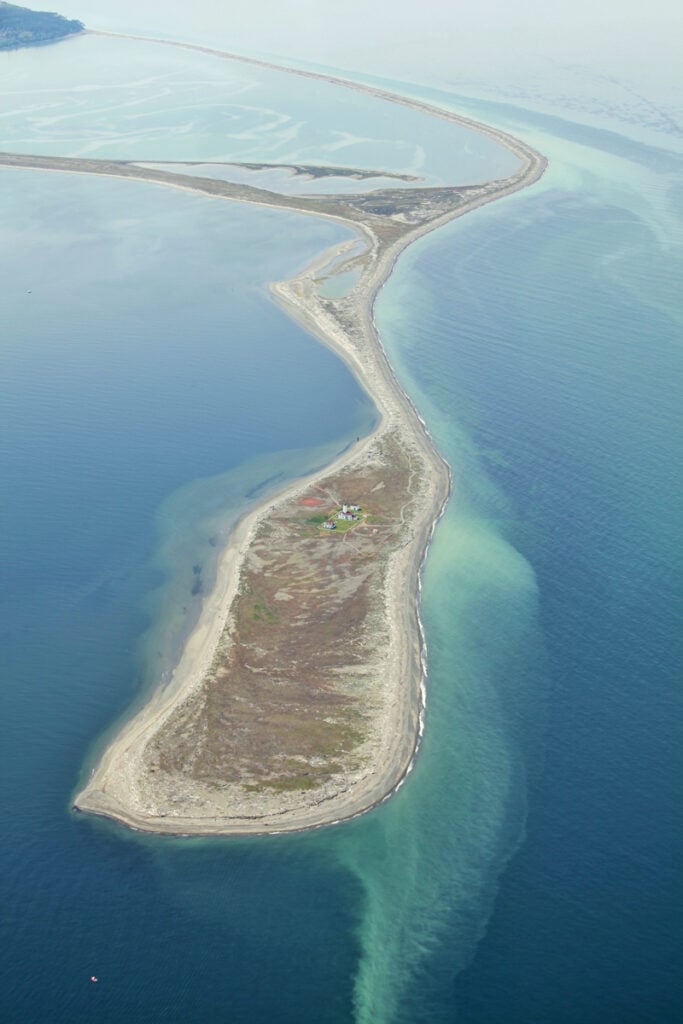
About Dungeness Spit
The dunes of sand were formed by the wind, and extend roughly three miles out into the Strait of Juan de Fuca. The spit includes a lighthouse at its north end which is about nine miles from Port Townsend.
Each year, the spit grows about five feet in length. It has been a popular place for recreation since about 1920 when it was well known as a fishing location.
Today, the spit is becoming increasingly more popular with hikers who can explore the remote coastline on foot.
Dungeness Spit is a great place to visit whether you’re looking for fishing, hiking or just exploring the dunes.
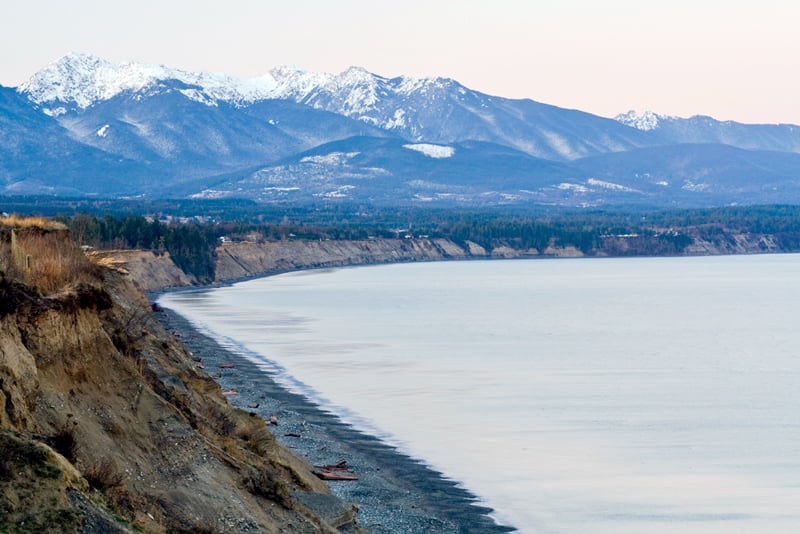
Getting There
The Dungeness Spit is located just north of Olympic National Park on the coast of Washington State. There are two ways to get there, depending where you live and your time constraints.
- If you’re coming from Seattle (about a three hour drive), take I-90 E towards Ellensburg/Spokane for about an hour until you reach exit 151 for Dungeness Spit Road.
- If you’re coming from Portland (about a five hour drive), take I-205 S towards Olympia/Granite Falls until you hit the SR 104 E and then head north on State Route 115 to get there.
Pets
Because it’s a National Wildlife Refuge, dogs are not allowed on Dungeness Spit.
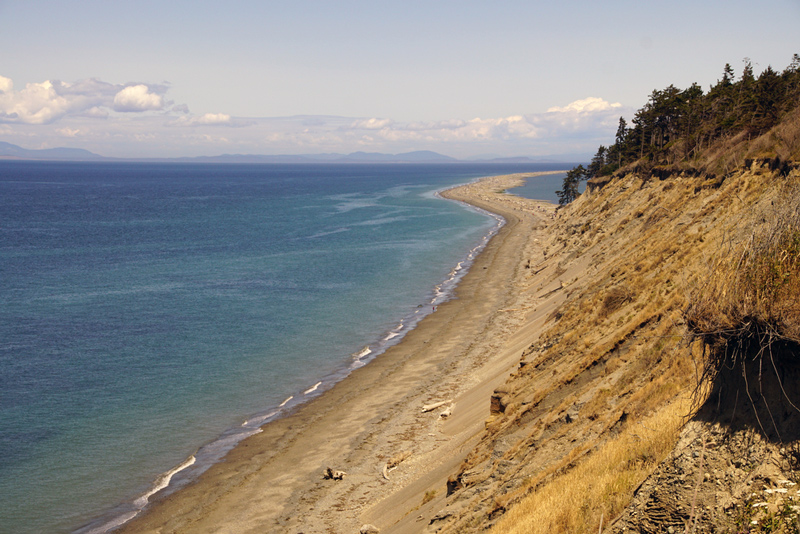
Hiking Dungeness Spit
The Dungeness Spit hike is about six miles round trip and can take visitors roughly five to six hours or more, depending on your speed. The dunes are covered in an abundance of vegetation and the trail winds back and forth as it moves along the spit’s ridge line.
To start, you’ll need to pay a $3 entrance fee at the informational kiosk located at the parking area. The fee covers groups or families up to four.
From there, you’ll journey about 0.5 miles through a lush, shaded forest before heading 130 feet downward onto the famous sand dunes. This steep decent is one of the most difficult parts of the hike.
Once you reach the spit, the trail follows the sandy beach for about 5.5 miles before arriving at the Dungeness head lighthouse.
Wildlife
During your hike, you’ll see a variety of wildlife including deer, coyotes and dune life like squirrels and chipmunks. The dunes are covered in ferns, mosses, and small flowering plants.
As many as 91 species of birds have been documented in this federally protected area.
The Cooper’s Hawk, Northern Pygmy-Owl, Vaux’s Swift, Rufous Hummingbird, and Willow Flycatcher are but a few of the avian residents that help to make this location such a haven for wildlife enthusiasts.
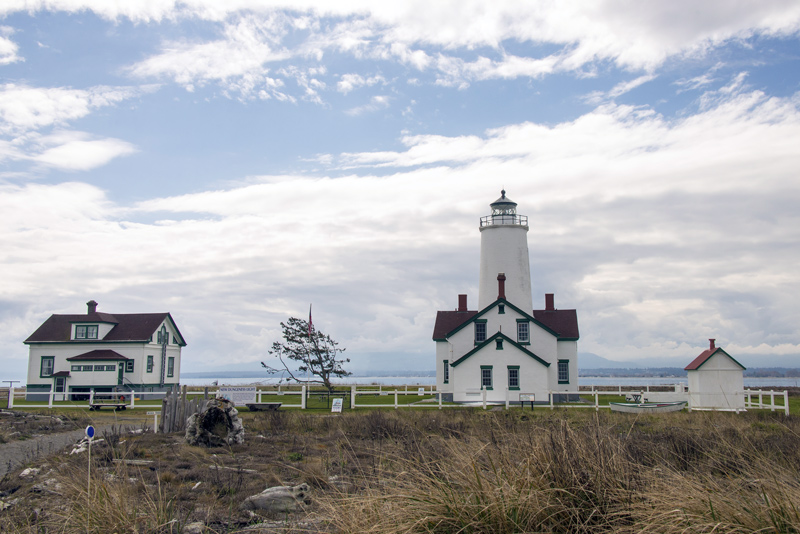
Visiting The New Dungeness Lighthouse
If you decide to hike all the way to the end of the spit, you’ll be rewarded with a beautiful view of Dungeness bay and the opportunity to step inside the New Dungeness Lighthouse.
The lighthouse was built in 1857 and stands 113 feet tall. It’s one of the oldest continuously operating lighthouses in the northwest.
Inside, you’ll find a public restroom, and small museum to explore. Visitors can climb up 74 wooden steps to reach the top where you can get a picture perfect view of the bay.
Free, guided lighthouse tours are available between 9am and 5pm.
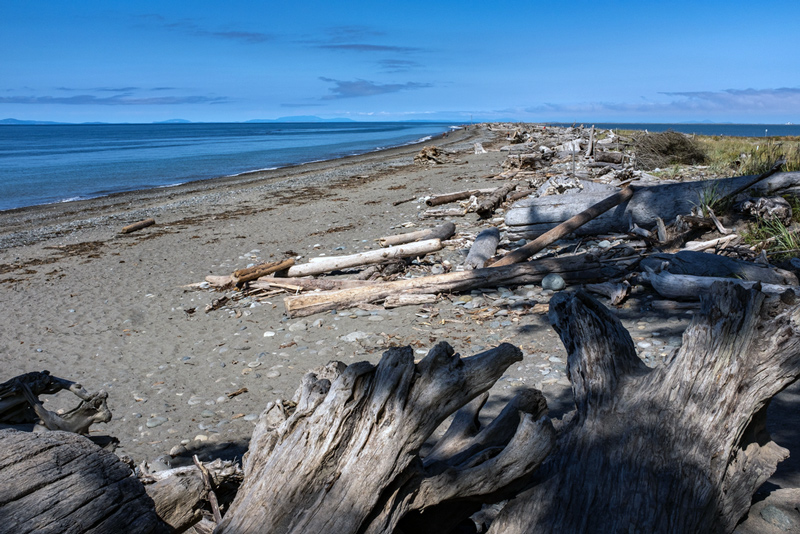
When Is The Best Time To Visit
A great time for a hike on Dungeness Spit is during sunrise or sunset when there’s still plenty of light left in the day, but you’ll also have a better chance of seeing the dunes in shadow.
Starting your journey about an hour before low tide will allow for easy walking on the hard, wet sand, and reveal more land.
Weather
The weather at Dungeness Spit is highly variable. The dunes are constantly shifting with the wind, and being on a sand spit in an ocean climate means that it can be hot one minute and cold the next.
It’s best to pack layers for your hike so you’ll have something dry if there is a sudden rain shower or chilly winds pick up.
Daily temperatures can reach the high 60s or 70 degrees Fahrenheit, but in the summer it can be more like 80-90.
Night time lows at Dungeness Spit typically drop to around 50 degrees with highs during the day fluctuating between 65 and 85.
In the winter, Dungeness is closed (and often inaccessible) because of storms and high tides.
Hikers should also watch out for strong winds which can make the hike difficult when walking on the dunes.
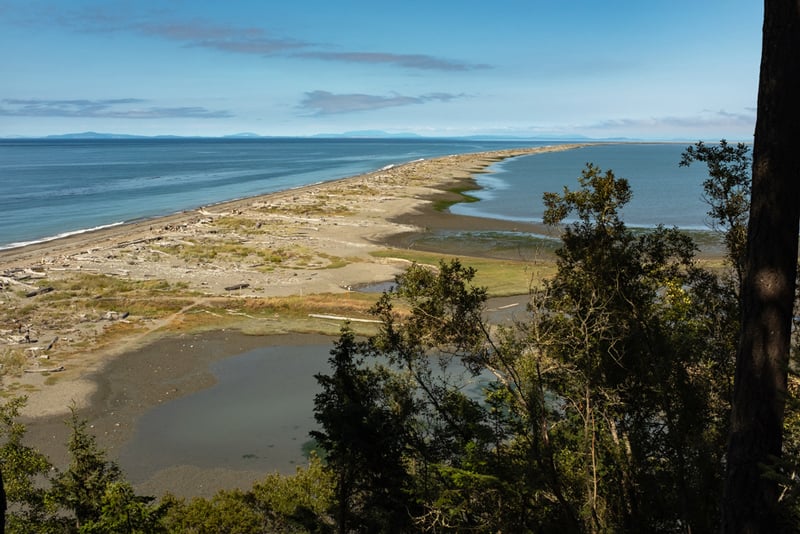
Camping On The Dungeness Spit
There are 66 campsites in the recreation area. About half can be reserved online and the others are available on a first-come, first-served basis.
Each site comes with with picnic tables, fire rings and trash cans. There are also pit toilets available and an RV dump station for RVs.
Camping is only permitted when water is not covering the dune (aka high tide)! You can find a list of camping restrictions here.
What To Do Nearby
Olympic National Park is located just south of Dungeness Spit and it’s a must-see destination if you’re in the area.
There, you can find one of the only rainforests in North America, go hiking along a high alpine ridge, or visit one of the many waterfalls in the park.
We also highly recommend camping overnight in Olympic National Park if you wish to experience the park in its purest form.

Your directions are not at ALL correct!